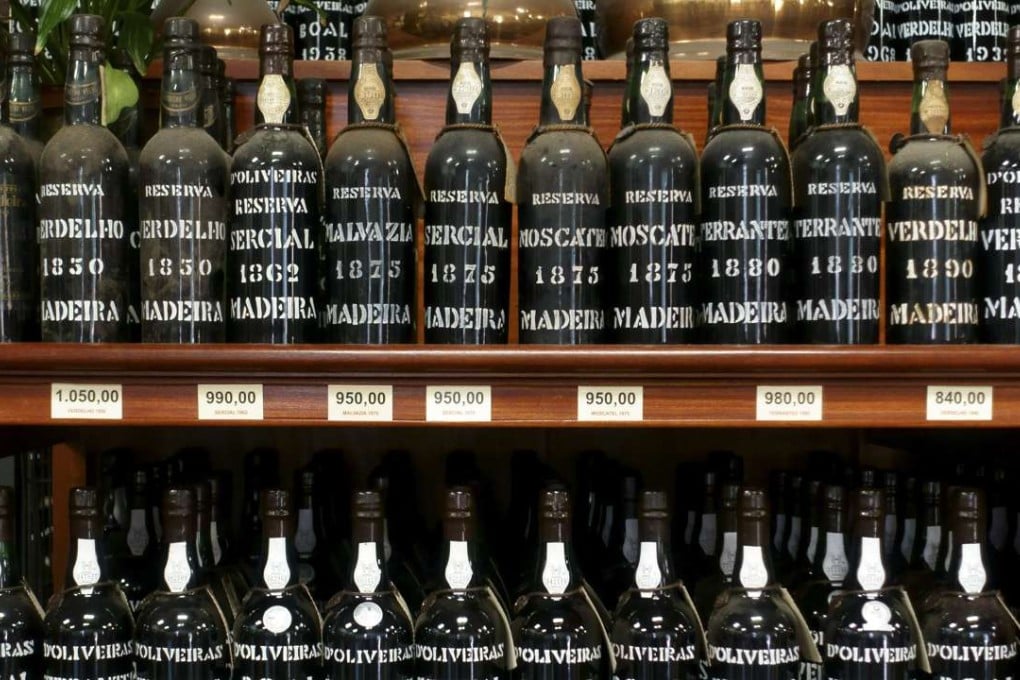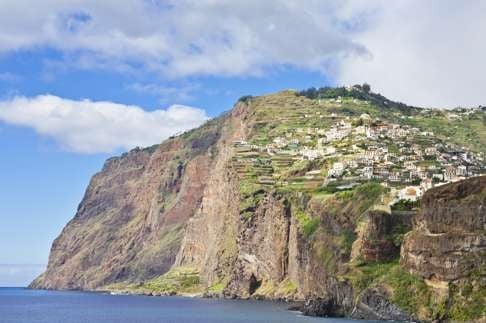Grape & Grain | The four styles of Madeira and how to identify the best
Created by accident during a round-trip voyage to the East Indies in the 15th century, Madeira has a long history, and an even longer shelf life: an opened bottle lasts for years

In a dusty corner of many a kitchen and drinks cabinet lies a seldom sipped and quite often forgotten bottle of Madeira, a fortified wine that saw its heyday in the 1800s.
It’s a wine that was created by chance and trial and error during the Age of Exploration, when European kingdoms sent their ships far and wide to trade and explore the world. The island of Madeira was perfectly situated as a port of call for ships journeying to and from the East Indies. Wines from Madeira did not last long because of the heat. As port was already being made at that time, it was reasoned that if a bit more alcohol was added, perhaps the wine would be more stable in its travels.
The fortunate discovery of Madeira happened when a shipment of wine was refused at its destination and returned to Madeira after a long journey to the East Indies and back. The tropical heat that the wine was subjected to over long months transformed it. The pipe (a cask that holds more than 400 litres) was opened, and a delectable wine was discovered.

The early versions of Madeira were called vinho da roda (round-trip wines). Madeira producers were soon looking for a more cost-effective way of making the wine other than sending it on a long sea voyage. The estufagem method came by trial and error, where pipes of Madeira were stored in the warmest and sunniest parts of the winery, or even just outdoors in the sun, where, with heat and time, the wine would be transformed.
